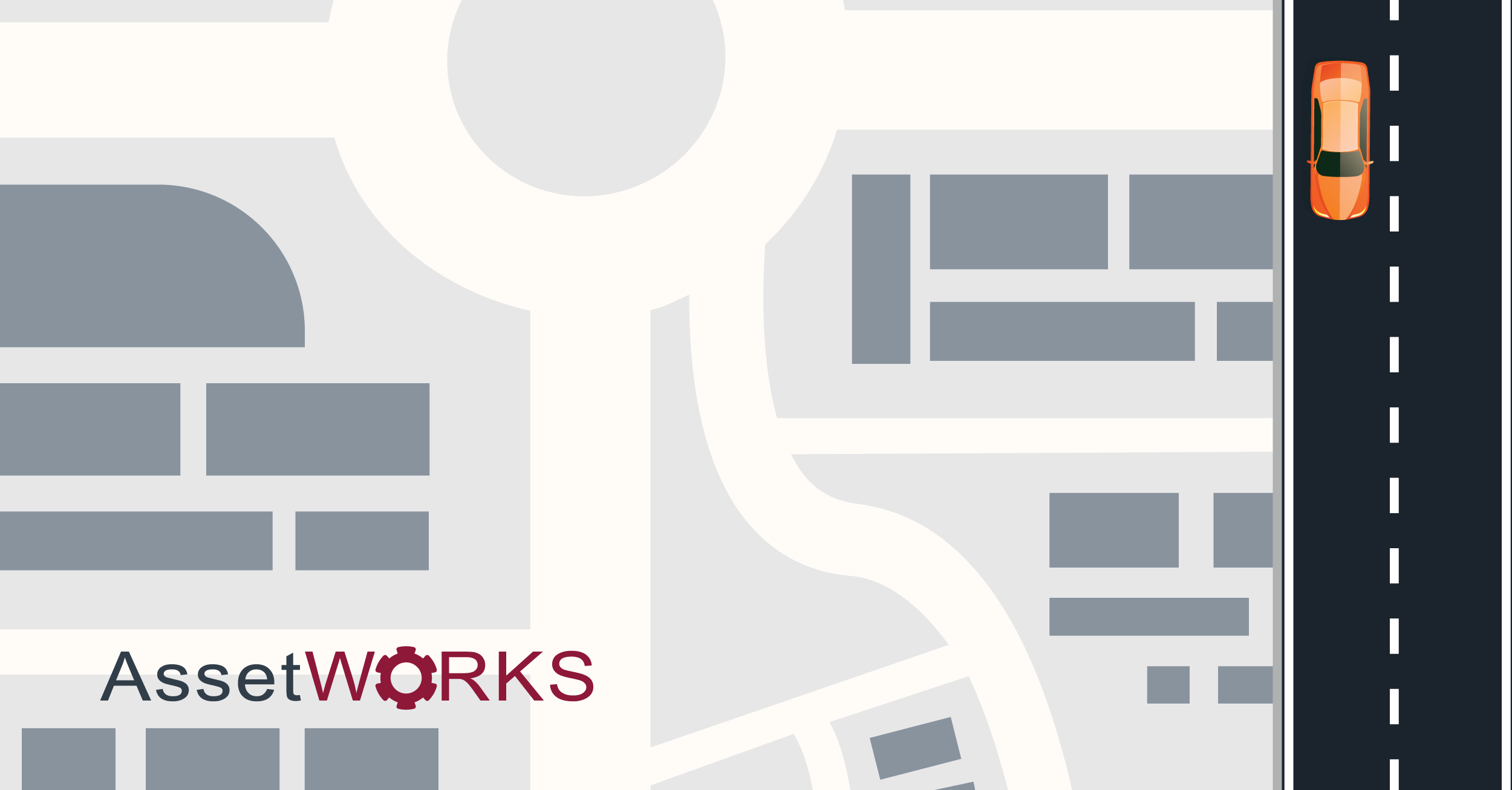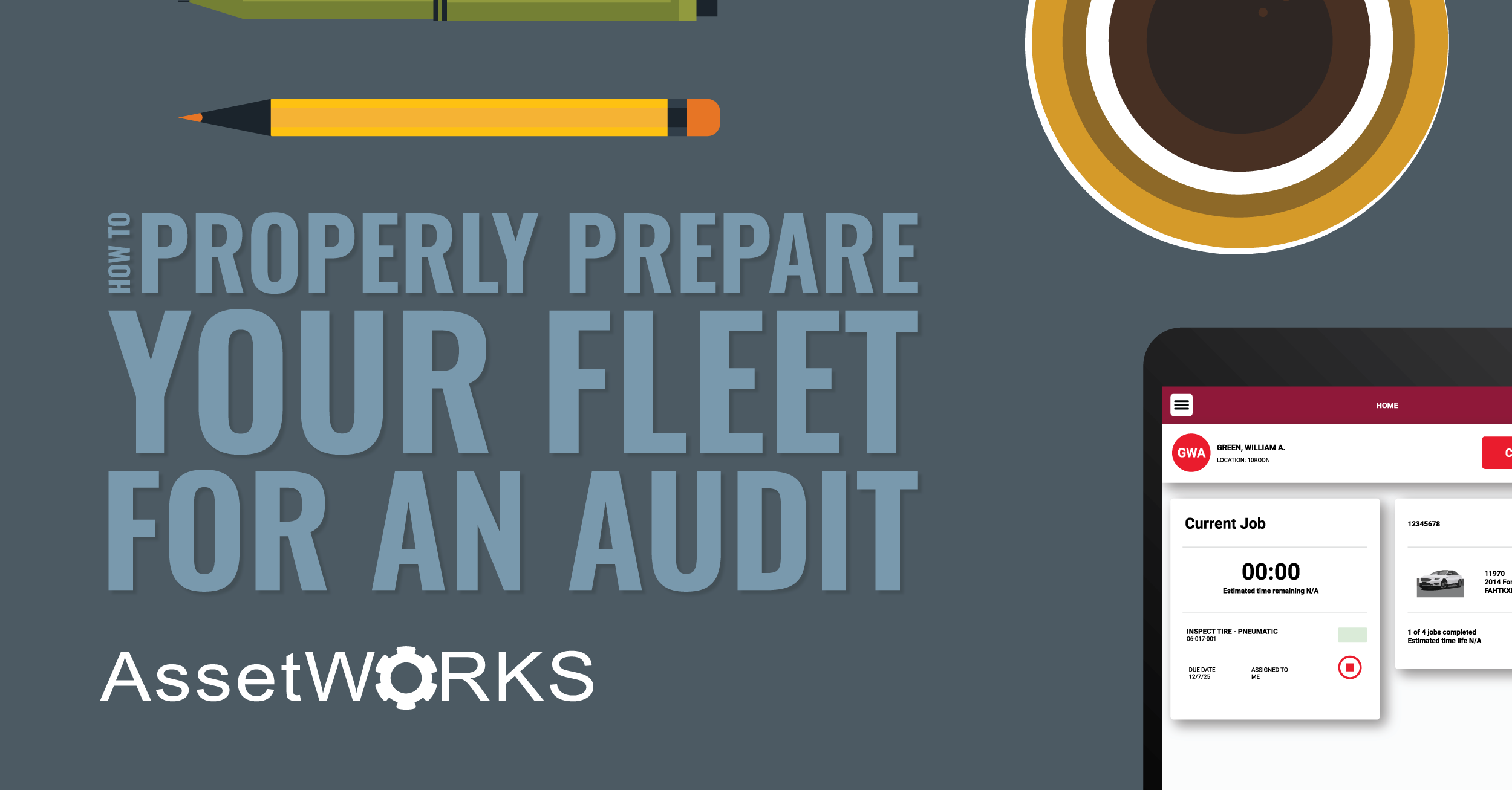With driver retention, it can be hard to correct unwanted behavior in drivers. Software, such as AssetWorks Field Service Solutions (FSS), is a great way to determine where driver behavior needs improvement- but data is useless if not addressed and corrected. Combining driver recognition and reward programs with your fleet solution will increase driver efficiency, decrease potential liability, and reduce additional turnover.
When creating your driver reward program, these four components should be included to see the desired outcome:
Metrics
With different software comes different data. Having data is not a bad thing if you are focusing on the correct metrics. AssetWorks FSS provides driver scorecards so managers can visually see where each driver can improve- making it easier to correct unwanted behavior.
Awards
Now that you have the right metrics and know what behaviors need to be improved, it is time to lay out the incentives. If a driver is not motivated to correct unwanted behavior, the behavior will likely continue. Offering additional money to drivers’ paychecks and recognition is an easy way to get them to make better decisions on the road, but how do you determine how much to reward drivers?
A weighted scorecard, based on a range of important factors, is a fair way to determine a driver’s payout. Saying they can miss out on a bonus because of one incident does not motivate them to practice safe behavior for the remainder of the bonus period. If a driver has the chance to still receive a partial payout, even after an adverse incident, they can still choose to do well in other areas: hard braking, idling, or speeding- so they can still receive some type of reward.

Communication
FSS’s scorecards offer fleets the analytics and data to present drivers with a balanced evaluation. Scorecards do not only show drivers where they are performing poorly but also highlight where they are striving- motivating some friendly competition. This competition will help sustain continuous improvements, so fleets continue saving money and seeing safe driver behavior.
Showing drivers not only where they are performing poorly but also where they are performing well helps support retention efforts. Top performers should feel appreciated if managers want to keep them in their organization.
Continuous monitoring
Once a driver corrects an unwanted behavior, the job is not over. The benefits your fleet sees from the improved behavior will not continue with ongoing monitoring of behaviors- the same goes for bad behavior. Good performers need to feel appreciated by managers, just as much as low performers need instruction.
Now what?
Since you now have a plan on how to conduct your driver’s reward program, it is time to get started. To have a successful outcome, you must have your scorecards available.
AssetWorks FSS offers a GPS/telematics solution so managers can receive updates in real-time to reduce the chances of dangerous events. This data is then generated into a scorecard report so managers can easily keep track of driver performance- making for a successful driver reward program.












